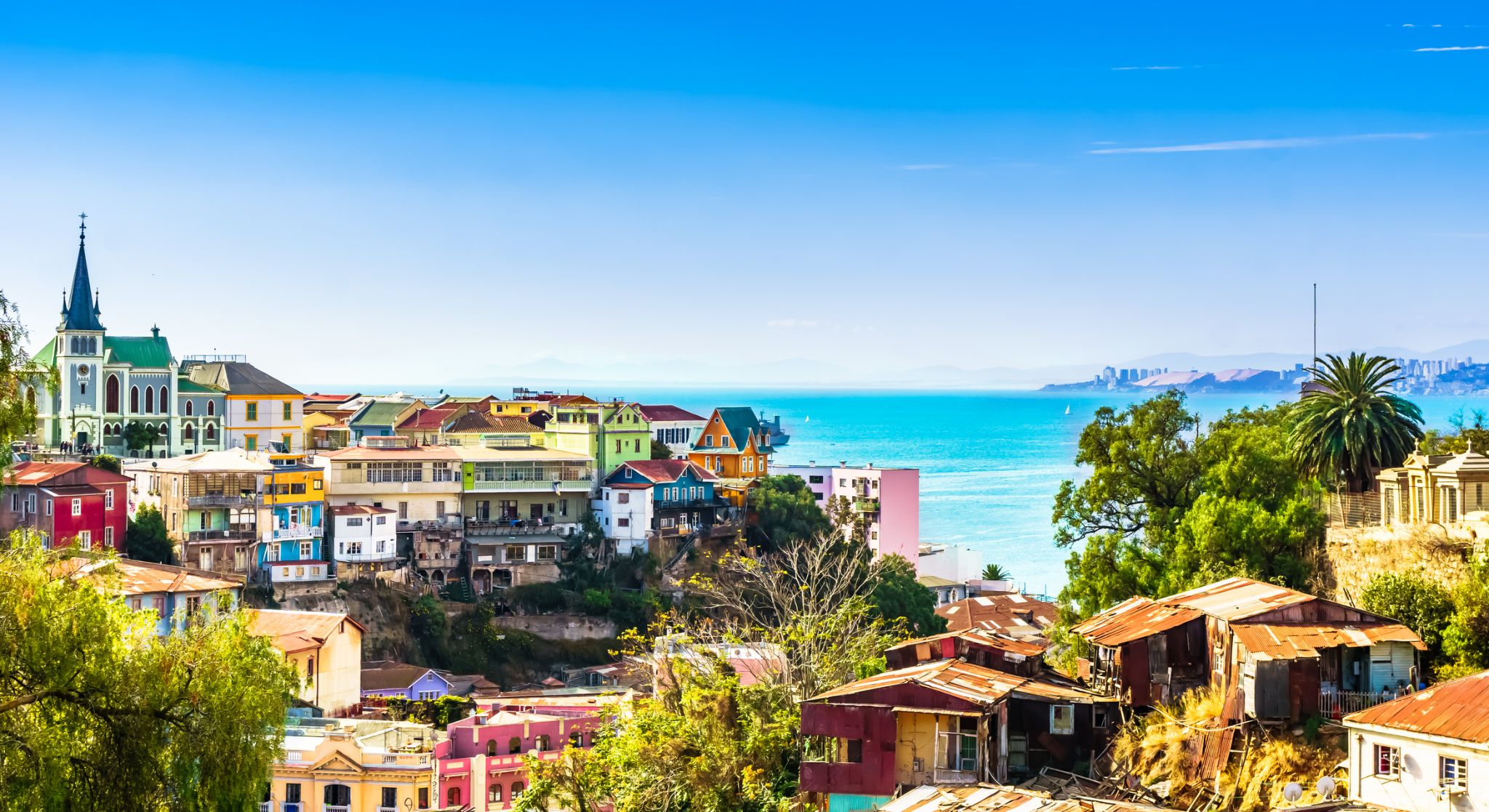

| Cruise Region : Caribbean, Panama Canal |
| Company : Azamara Cruises |
| Ship : Azamara Quest |
| Journey Start : Mon 27 Dec 2027 |
| Journey End : Mon 24 Jan 2028 |
| Count Nights : 28 nights |
| Day | Date | Port | Arrival | Departure |
|---|---|---|---|---|
| 1 | 27.12 Mon | Bridgetown / Barbados | 18:00 | |
| 2 | 28.12 Tue | Day at sea / Sea | ||
| 3 | 29.12 Wed | Kralendijk / Bonaire | 08:00 | 18:00 |
| 4 | 30.12 Thu | Curaçao / Curacao | 08:00 | 20:00 |
| 5 | 31.12 Fri | Aruba (Oranjestad) / Aruba | 08:00 | |
| 6 | 1.01 Sat | Day at sea / Sea | 15:00 | |
| 7 | 2.01 Sun | Puerto Plata / Dominican Republic | 11:30 | 17:00 |
| 8 | 3.01 Mon | Day at sea / Sea | ||
| 9 | 4.01 Tue | Nassau / Bahamas | 08:00 | 17:00 |
| 10 | 5.01 Wed | Miami / USA | 06:00 | 18:00 |
| 11 | 6.01 Thu | Day at sea / Sea | ||
| 12 | 7.01 Fri | San Miguel, Cozumel Island / Mexico | 08:00 | 18:00 |
| 13 | 8.01 Sat | Belize City / Belize | 08:00 | 15:00 |
| 14 | 9.01 Sun | Roatan / Honduras | 08:00 | 18:00 |
| 15 | 10.01 Mon | Day at sea / Sea | ||
| 16 | 11.01 Tue | Puerto Limon / Costa Rica | 10:30 | 22:00 |
| 17 | 12.01 Wed | Bocas del Toro / Panama | 08:00 | 18:00 |
| 18 | 13.01 Thu | Panama Canal / Panama | 05:00 | 17:00 |
| 19 | 14.01 Fri | Panama City, Florida / USA | 18:00 | |
| 20 | 15.01 Sat | Panama City, Florida / USA | 09:00 | 17:00 |
| 21 | 16.01 Sun | Day at sea / Sea | ||
| 22 | 17.01 Mon | Manta rays / Ecuador | 08:00 | 13:30 |
| 23 | 18.01 Tue | Day at sea / Sea | ||
| 24 | 19.01 Wed | Callao / Peru | 13:00 | |
| 25 | 20.01 Thu | Callao / Peru | 17:00 | |
| 26 | 21.01 Fri | Pisco / Peru | 08:00 | 16:00 |
| 27 | 22.01 Sat | Day at sea / Sea | ||
| 28 | 23.01 Sun | Day at sea / Sea | ||
| 29 | 24.01 Mon | Coquimbo / Chile | 09:30 | 16:30 |
| 30 | 25.01 Tue | Valparaíso / Chile | 07:00 |
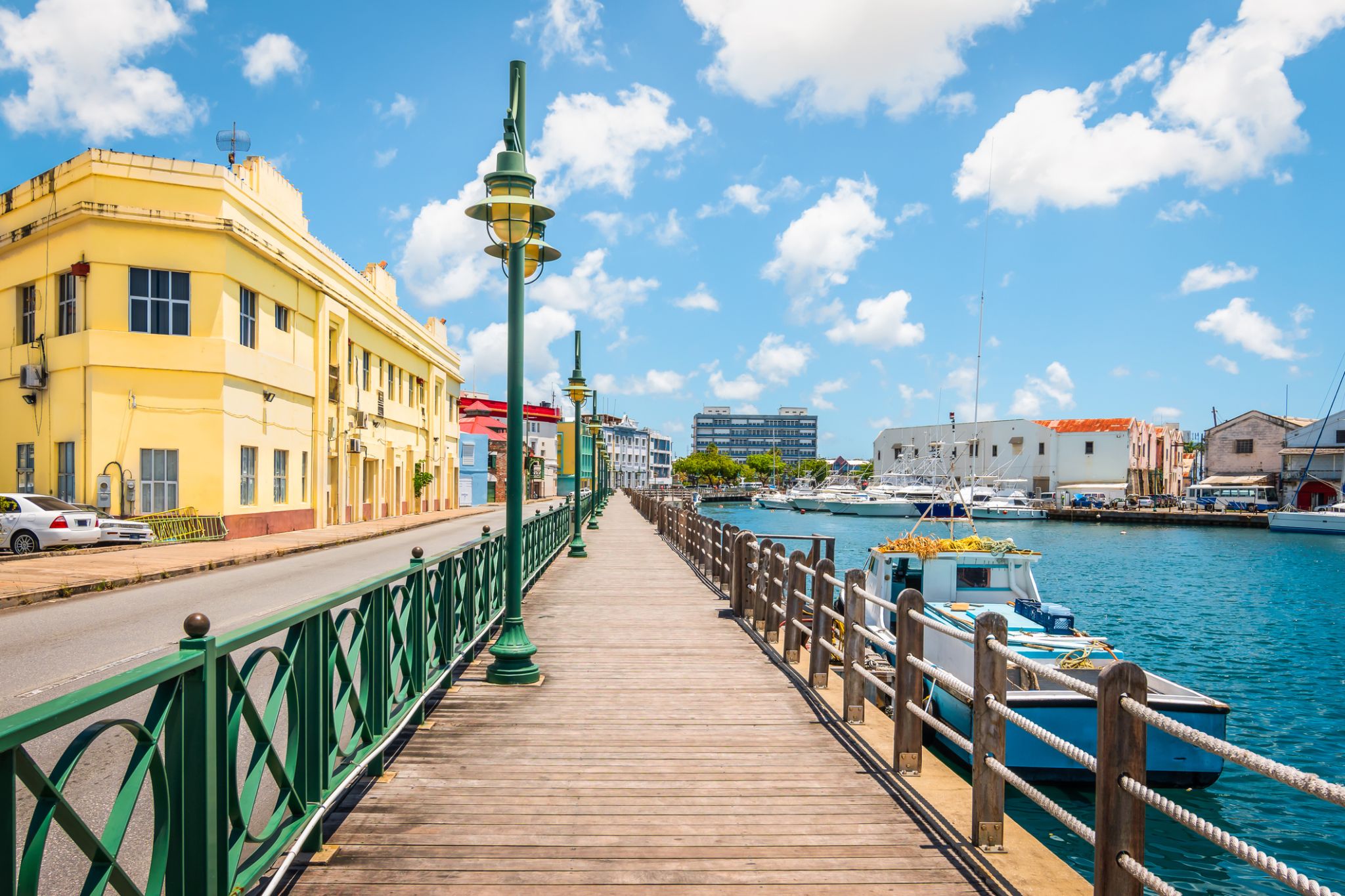
Bridgetown is the capital and largest city of Barbados. Formerly The Town of Saint Michael, the Greater Bridgetown area is located within the parish of Saint Michael. Bridgetown is sometimes locally referred to as "The City", but the most common reference is simply "Town". As of 2014, its metropolitan population stands at roughly 110,000.
The Bridgetown port, found along Carlisle Bay (at 13.106°N 59.632°W) lies on the southwestern coast of the island. Parts of the Greater Bridgetown area (as roughly defined by the Ring Road Bypass or more commonly known as the ABC Highway), sit close to the borders of the neighbouring parishes Christ Church and St. James. The Grantley Adams International Airport for Barbados, is located 16 kilometres (10 mi) southeast of Bridgetown city centre, and has daily flights to major cities in the United Kingdom, United States, Canada and the Caribbean. There is no longer a local municipal government, but it is a constituency of the national Parliament. During the short-lived 1950s-1960s Federation of the British West Indian Territories, Bridgetown was one of three capital cities within the region being considered to be the Federal capital of region.
The present-day location of the city was established by English settlers in 1628; a previous settlement under the authority of Sir William Courten was at St. James Town. Bridgetown is a major West Indies tourist destination, and the city acts as an important financial, informatics, convention centre, and cruise ship port of call in the Caribbean region. On 25 June 2011, "Historic Bridgetown and its Garrison" was added as a World Heritage Site of UNESCO.


Cozy and nestled on the island of Bonaire in the Caribbean Sea, Kralendijk attracts travelers with its laid-back atmosphere and picturesque waterfront. This small town is the administrative center of the island and a true paradise for snorkeling and diving enthusiasts: the coastline is rich in coral reefs and crystal-clear waters, where you can watch tropical fish right from the shore.
Kralendijk charms with its pastel-colored Dutch colonial-style houses, cozy cafés, and friendly locals. Visitors can stroll through quiet streets, browse local handicraft shops, or embark on a boat tour through Bonaire's marine park. This spot is perfect for those seeking tranquility, warm sunshine, and unforgettable underwater experiences.
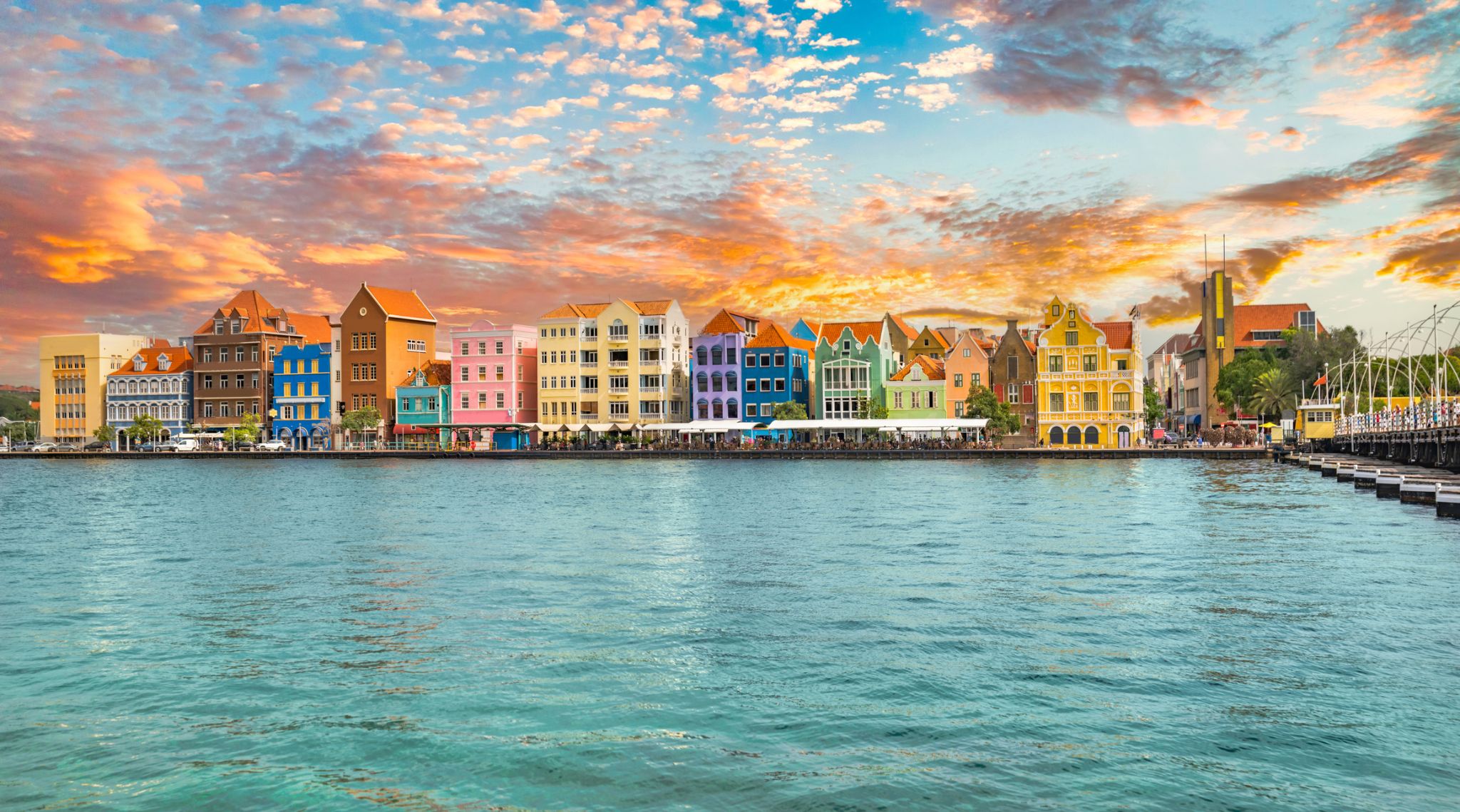
Curaçao is a Lesser Antilles island in the southern Caribbean Sea and the Dutch Caribbean region, about 65 km (40 mi) north of the Venezuelan coast. It is a constituent country (Dutch: land) of the Kingdom of the Netherlands.
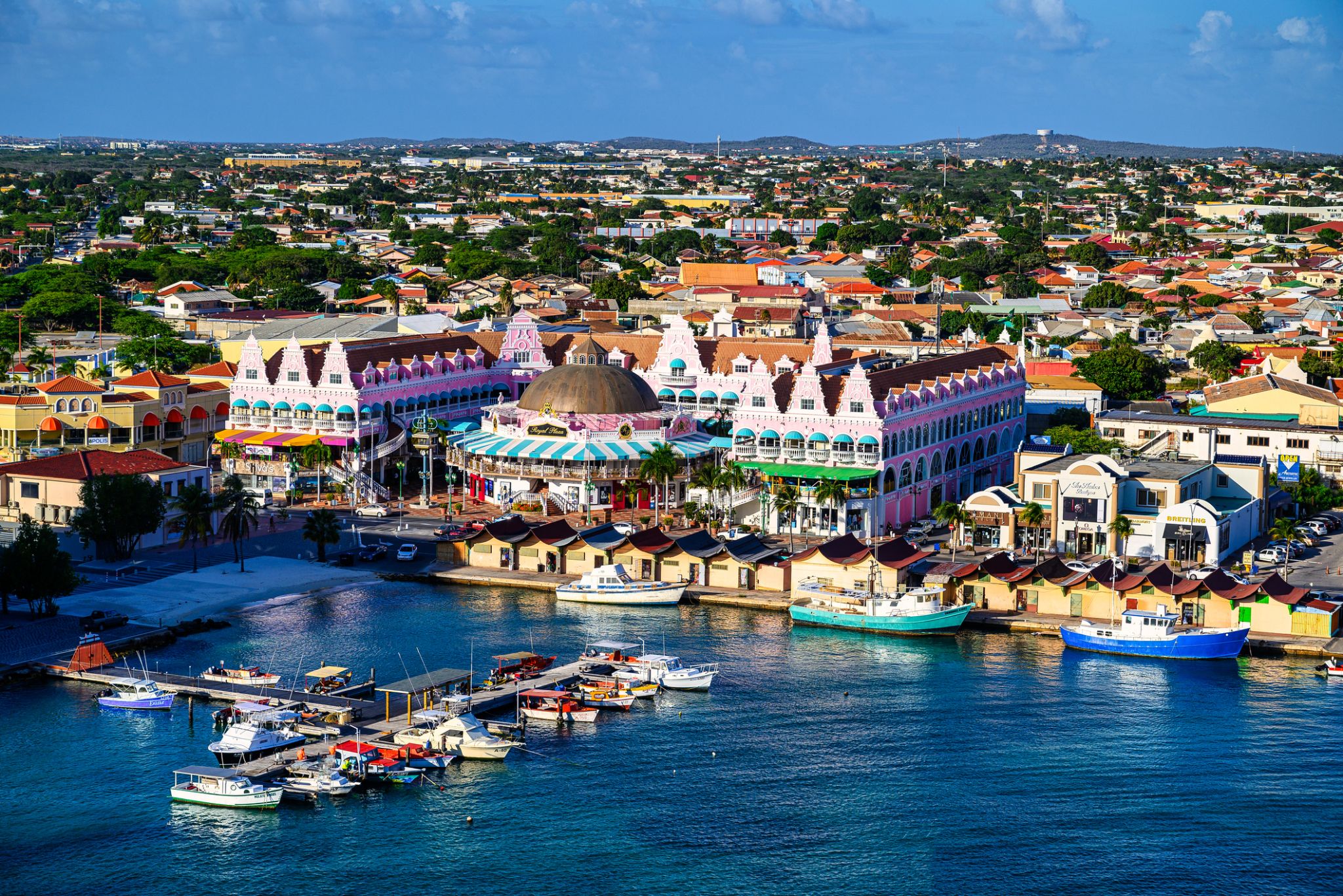
Aruba is an island and a constituent country of the Kingdom of the Netherlands in the southern Caribbean Sea, located about 1,600 kilometres (990 mi) west of the main part of the Lesser Antilles and 29 kilometres (18 mi) north of the coast of Venezuela. It measures 32 kilometres (20 mi) long from its northwestern to its southeastern end and 10 kilometres (6 mi) across at its widest point. Together with Bonaire and Curaçao, Aruba forms a group referred to as the ABC islands. Collectively, Aruba and the other Dutch islands in the Caribbean are often called the Dutch Caribbean.
Aruba is one of the four countries that form the Kingdom of the Netherlands, along with the Netherlands, Curaçao, and Sint Maarten; the citizens of these countries are all Dutch nationals. Aruba has no administrative subdivisions, but, for census purposes, is divided into eight regions. Its capital is Oranjestad.
Unlike much of the Caribbean region, Aruba has a dry climate and an arid, cactus-strewn landscape. This climate has helped tourism as visitors to the island can reliably expect warm, sunny weather. It has a land area of 179 km2(69.1 sq mi) and is densely populated, with a total of 102,484 inhabitants at the 2010 Census. It lies outside Hurricane Alley.

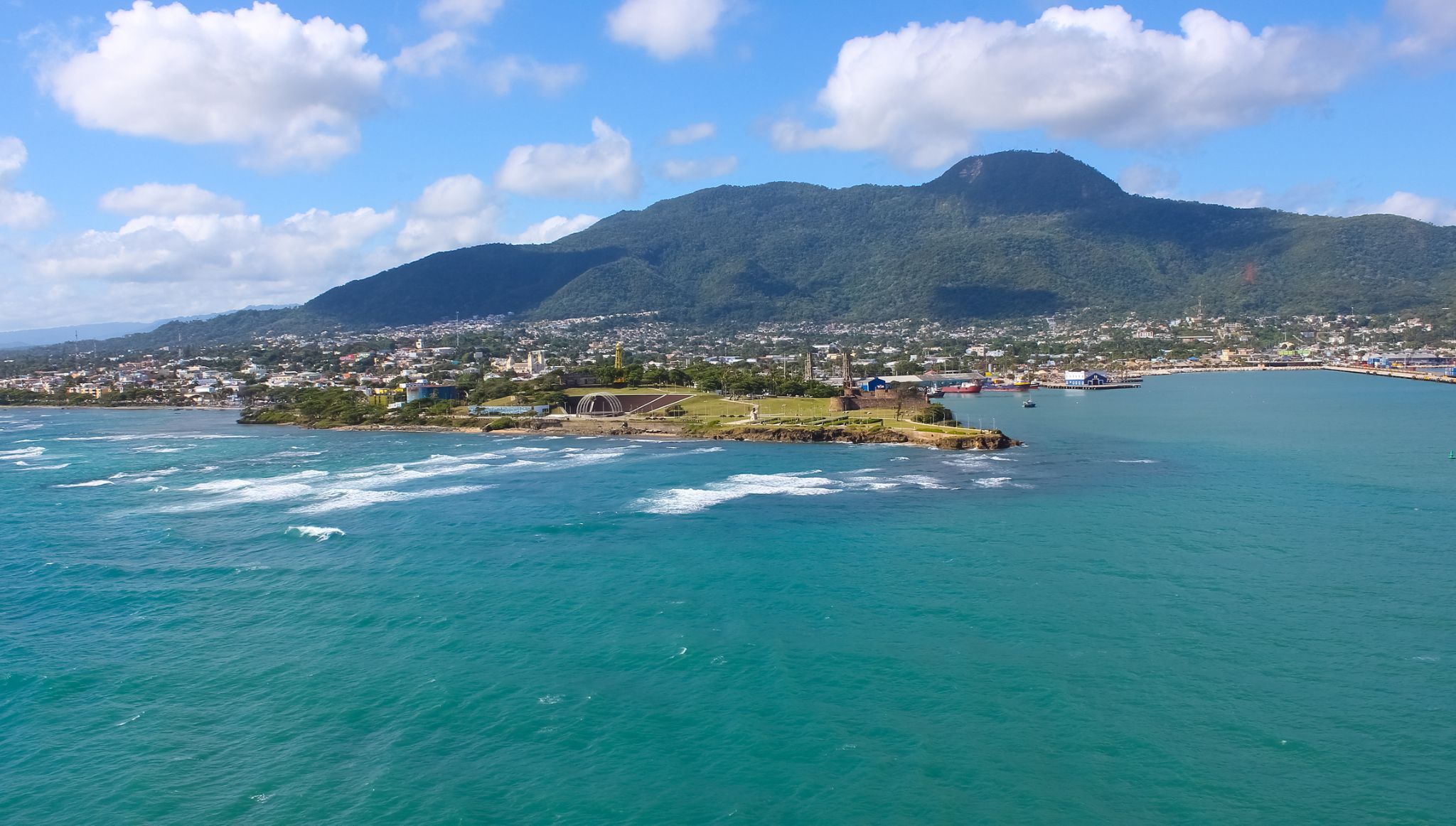

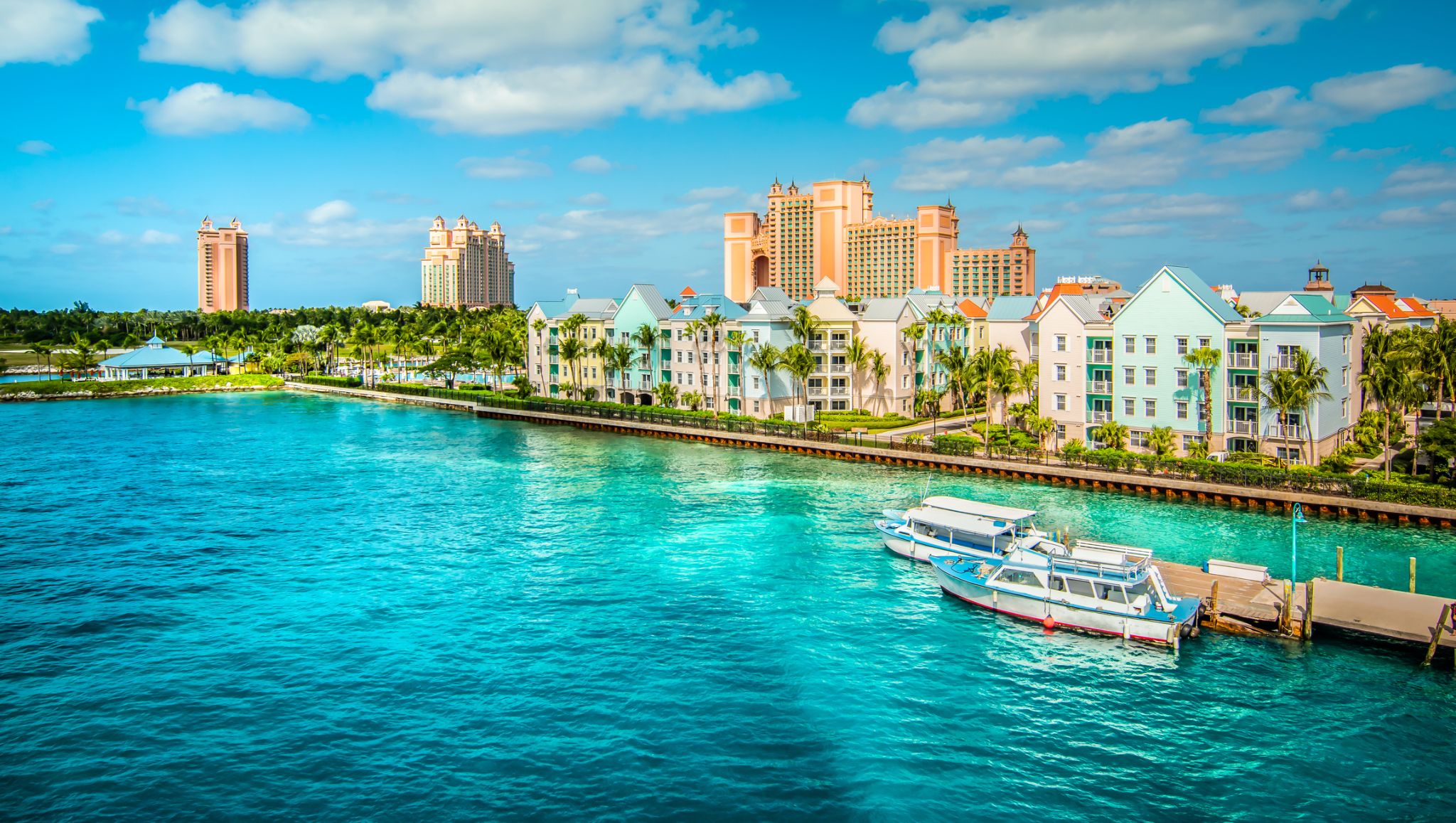
a port on the island of New Providence, capital of the Bahamas; population 240,000 (est. 2007).
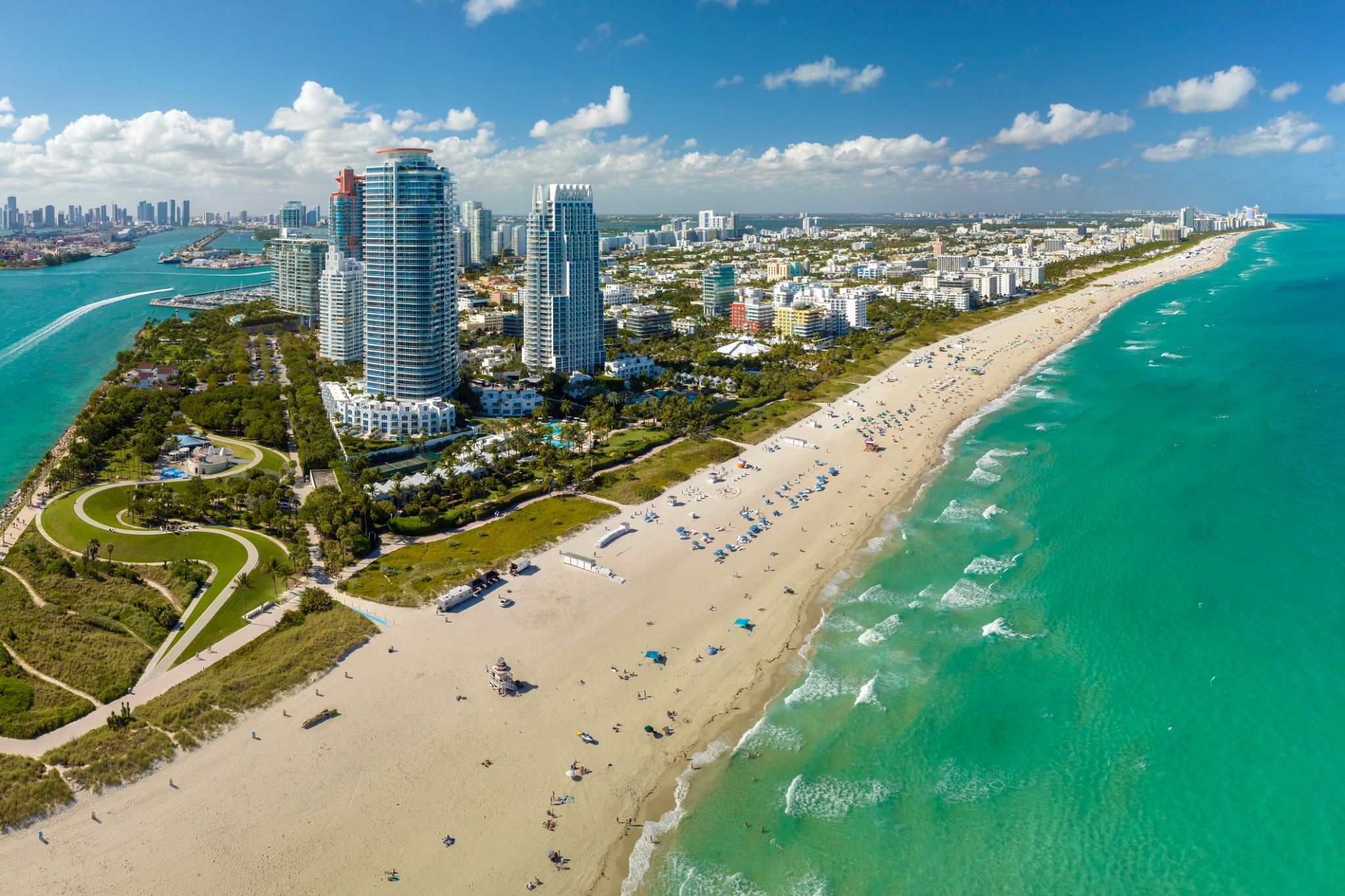
Miami, officially the City of Miami, is the cultural, economic and financial center of South Florida. Miami is the seat of Miami-Dade County, the most populous county in Florida. The city covers an area of about 56.6 square miles (147 km2), between the Everglades to the west and Biscayne Bay on the east; with a 2017 estimated population of 463,347, Miami is the sixth most densely populated major city in the United States. The Miami metropolitan area is home to 6.1 million people and the seventh-largest metropolitan area in the nation. Miami's metro area is the second-most populous metropolis in the southeastern United States and fourth-largest urban area in the U.S.
Miami is a major center, and a leader in finance, commerce, culture, media, entertainment, the arts, and international trade. The Miami Metropolitan Area is by far the largest urban economy in Florida and the 12th largest in the United States with a GDP of $344.9 billion as of 2017. In 2012, Miami was classified as an "Alpha−" level world city in the World Cities Study Group's inventory. In 2010, Miami ranked seventh in the United States and 33rd among global cities in terms of business activity, human capital, information exchange, cultural experience, and political engagement. In 2008, Forbes magazine ranked Miami "America's Cleanest City", for its year-round good air quality, vast green spaces, clean drinking water, clean streets, and citywide recycling programs. According to a 2009 UBS study of 73 world cities, Miami was ranked as the richest city in the United States, and the world's seventh-richest city in terms of purchasing power. Miami is nicknamed the "Capital of Latin America" and is the largest city with a Cuban-American plurality.
Greater Downtown Miami has one of the largest concentrations of international banks in the United States, and is home to many large national and international companies. The Civic Center is a major center for hospitals, research institutes, medical centers, and biotechnology industries. For more than two decades, the Port of Miami, known as the "Cruise Capital of the World", has been the number one cruise passenger port in the world. It accommodates some of the world's largest cruise ships and operations, and is the busiest port in both passenger traffic and cruise lines. Metropolitan Miami is also a major tourism hub in the southeastern U.S. for international visitors, ranking number two in the country after New York City.

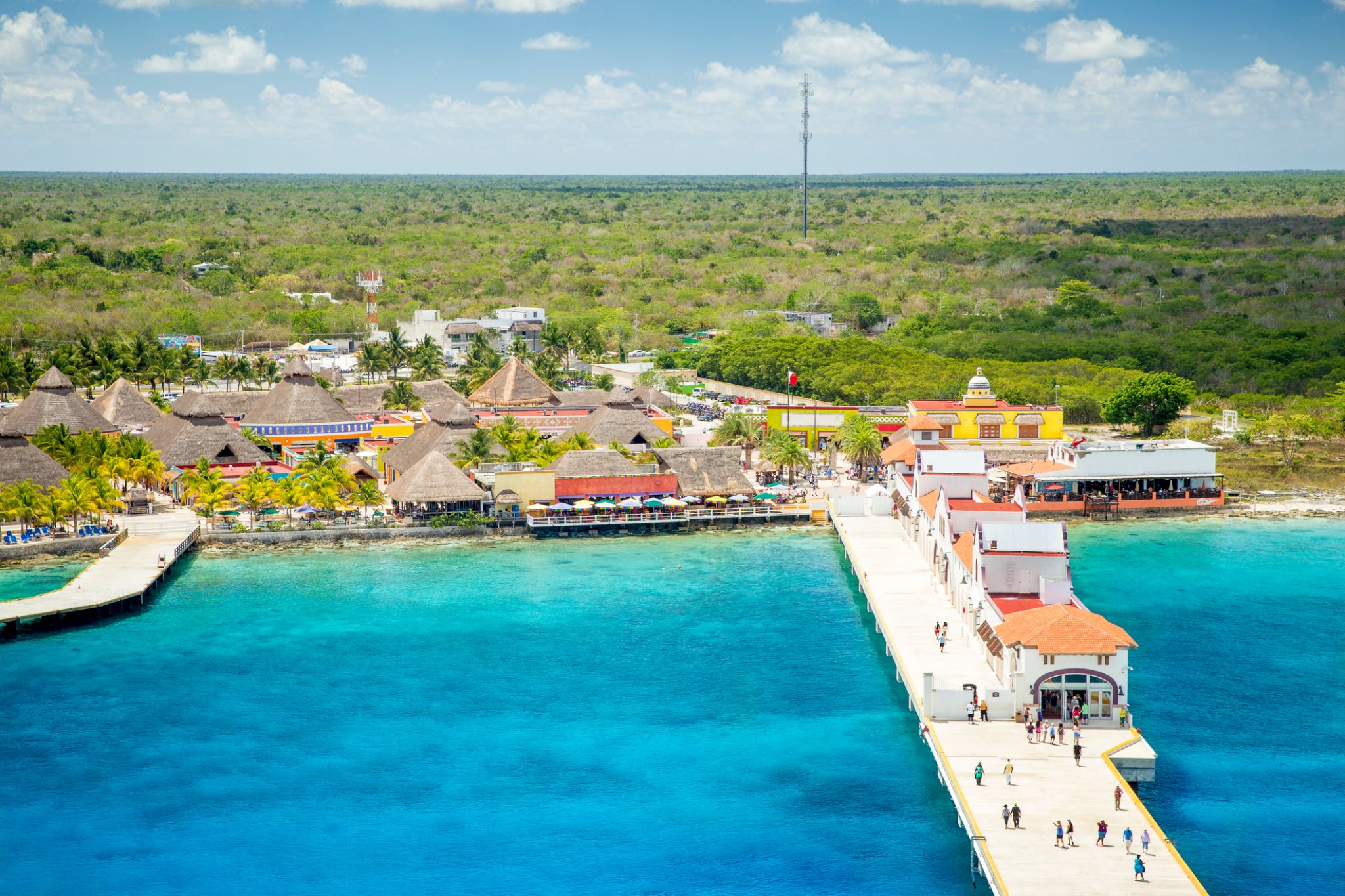
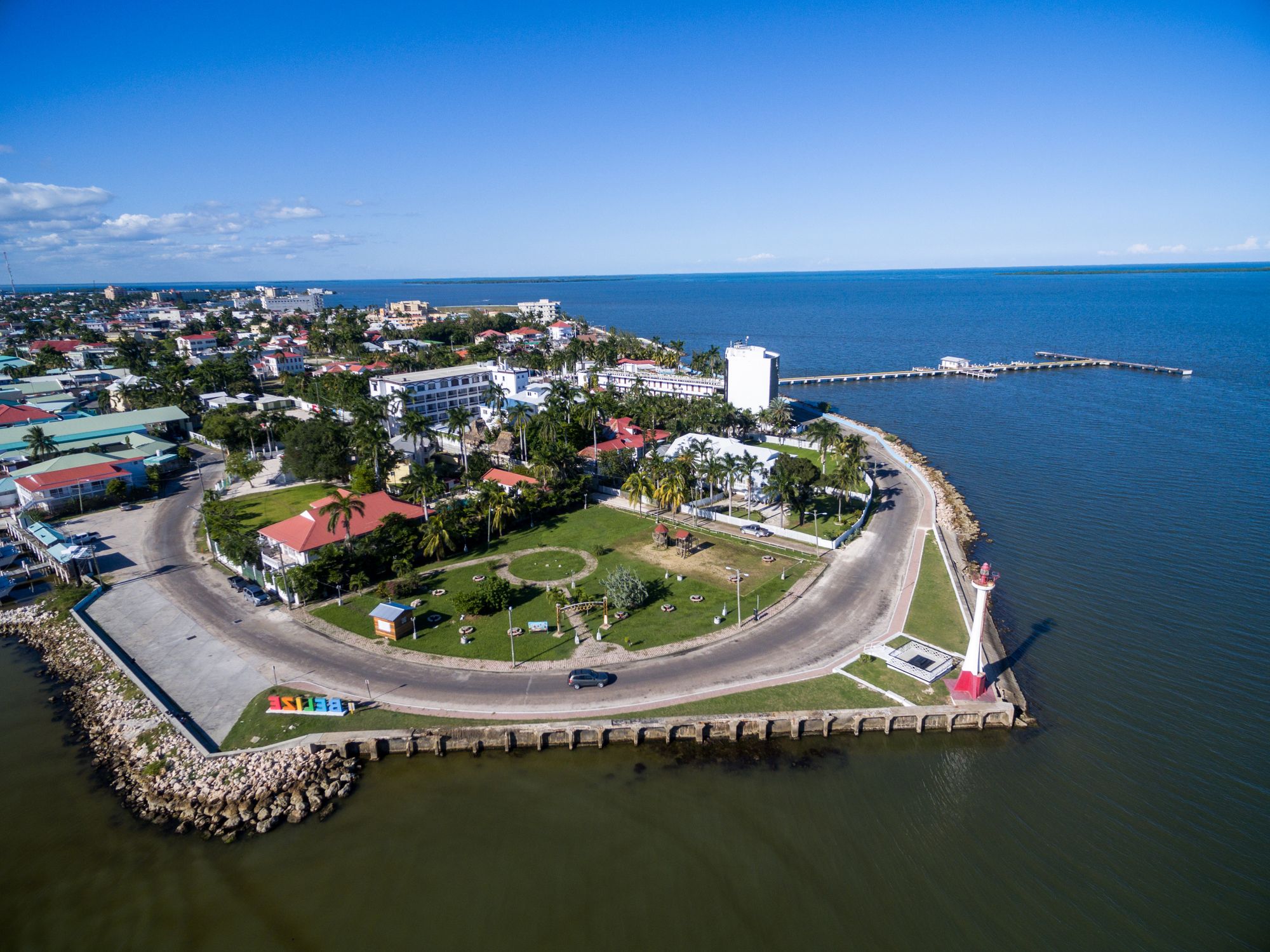
A tropical breeze brings the scent of the sea to Belize City, a place that opens the door to vibrant markets, Caribbean-style architecture, and a friendly, laid-back vibe. Here, colonial stilt houses line the streets while the sounds of reggae fill the air, and fishermen’s boats return to shore with the morning’s catch. At the central market, visitors can taste fresh tropical fruits and seafood dishes that capture the true flavor of Belize.
For adventure seekers, Belize City is the gateway to the Belize Barrier Reef, the second largest in the world, where divers and snorkelers explore colorful corals and encounter nurse sharks and rays. From here, it’s easy to reach the Mayan ruins of Altun Ha and step into the legacy of an ancient civilization. The city combines the relaxed Caribbean rhythm with a unique chance to discover the natural beauty and rich culture of Central America.
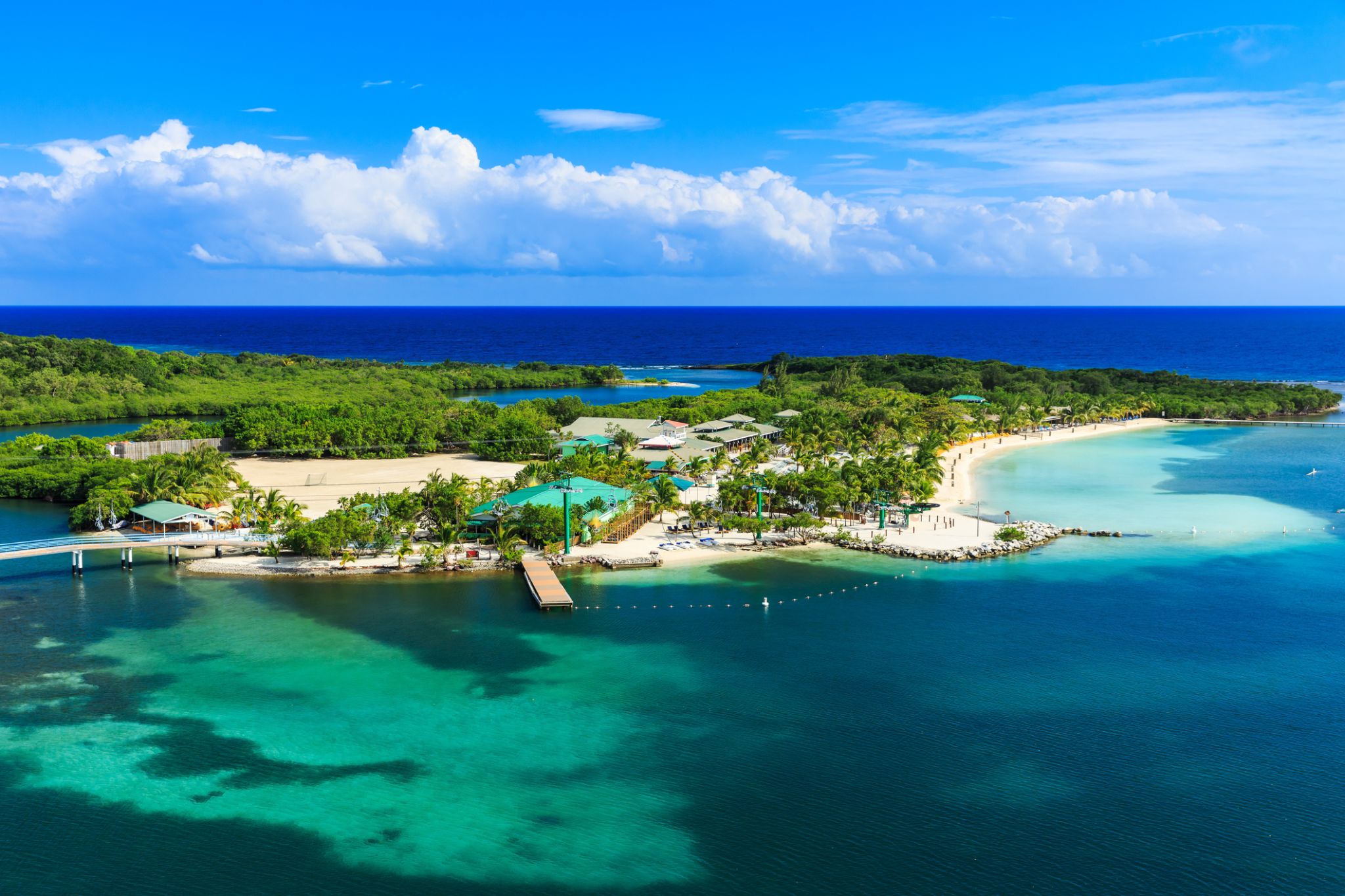
Roatán is an island in the Caribbean, about 65 kilometres (40 mi) off the northern coast of Honduras. It is located between the islands of Útila and Guanaja, and is the largest of the Bay Islands of Honduras.
The island was formerly known as Ruatan and Rattan. It is approximately 77 kilometres (48 mi) long, and less than 8 kilometres (5.0 mi) across at its widest point. The island consists of two municipalities: José Santos Guardiolain the east and Roatán, including the Cayos Cochinos, further south in the west.

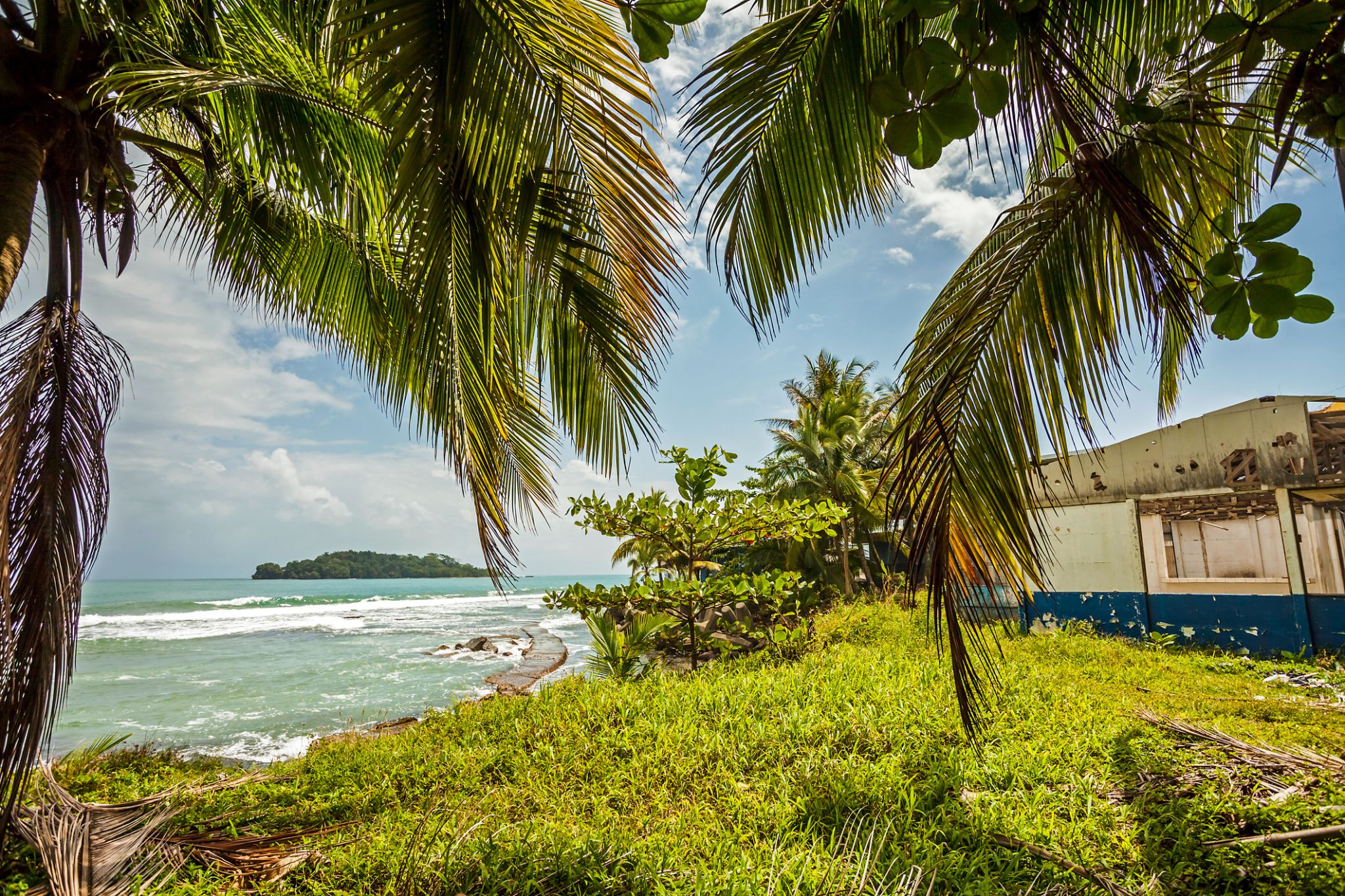
Puerto Limón, commonly known as Limón (Spanish for "lemon"), is the capital city and main hub of Limón province, as well as of the cantón (county) of Limón in Costa Rica. It is the second largest city in Costa Rica, with a population of over 55,000, and is home of the Afro-Costa Rican community. Part of the community traces its roots to Italian, Jamaican and Chinese laborers who worked on a late nineteenth-century railroad project that connected San José to Puerto Limón. Until 1948, the Costa Rican government did not recognize Afro-Caribbean people as citizens and restricted their movement outside Limón province. As a result of this "travel ban", this Afro-Caribbean population became firmly established in the region, which influenced decisions not to move even after it was legally permitted. Nowadays, there is a significant outflow of Limón natives who move to the country's Central Valley in search for better employment and education. The Afro-Caribbean community speaks Spanish and Limonese Creole, a creole of English.
Puerto Limón contains two port terminals, Limón and Moín, which permit the shipment of Costa Rican exports as well as the anchoring of cruise ships. In 2016, the government pledged ₡93 million ($166,000) for a new cruise ship terminal for Puerto Limón.
Health care is provided for the city by Hospital Dr. Tony Facio Castro. Two small islands, Uvita Island and Isla de Pájaros, are just offshore.

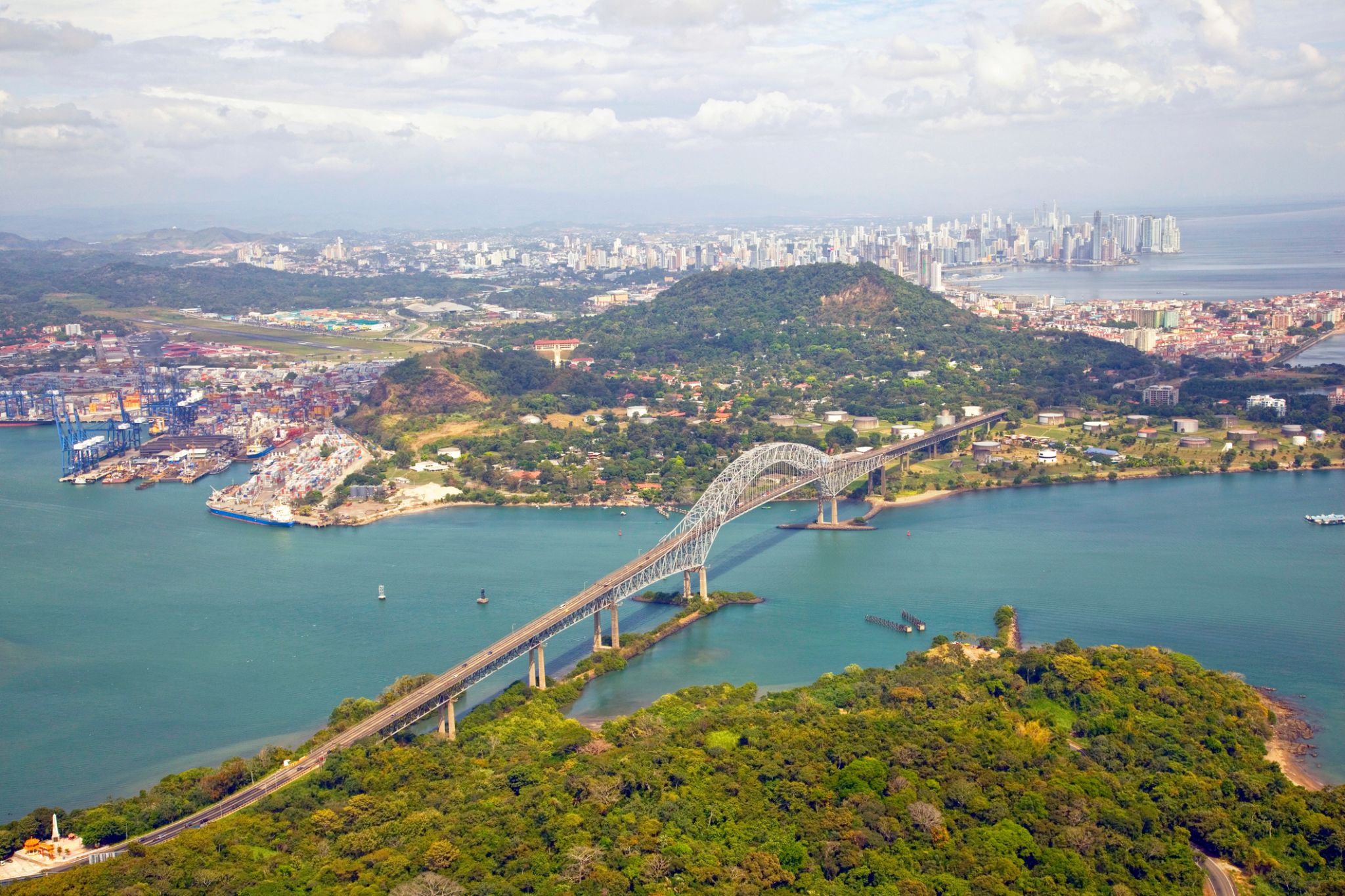
The Panama Canal is an artificial 82 km (51 mi) waterway in Panama that connects the Atlantic Ocean with the Pacific Ocean. The canal cuts across the Isthmus of Panama and is a conduit for maritime trade. Canal locks are at each end to lift ships up to Gatun Lake, an artificial lake created to reduce the amount of excavation work required for the canal, 26 m (85 ft) above sea level, and then lower the ships at the other end. The original locks are 34 m (110 ft) wide. A third, wider lane of locks was constructed between September 2007 and May 2016. The expanded canal began commercial operation on June 26, 2016. The new locks allow transit of larger, post-Panamax ships, capable of handling more cargo.
France began work on the canal in 1881, but stopped due to engineering problems and a high worker mortality rate. The United States took over the project in 1904 and opened the canal on August 15, 1914. One of the largest and most difficult engineering projects ever undertaken, the Panama Canal shortcut greatly reduced the time for ships to travel between the Atlantic and Pacific Oceans, enabling them to avoid the lengthy, hazardous Cape Horn route around the southernmost tip of South America via the Drake Passage or Strait of Magellan.
Colombia, France, and later the United States controlled the territory surrounding the canal during construction. The US continued to control the canal and surrounding Panama Canal Zone until the 1977 Torrijos–Carter Treatiesprovided for handover to Panama. After a period of joint American–Panamanian control, in 1999, the canal was taken over by the Panamanian government. It is now managed and operated by the government-owned Panama Canal Authority.
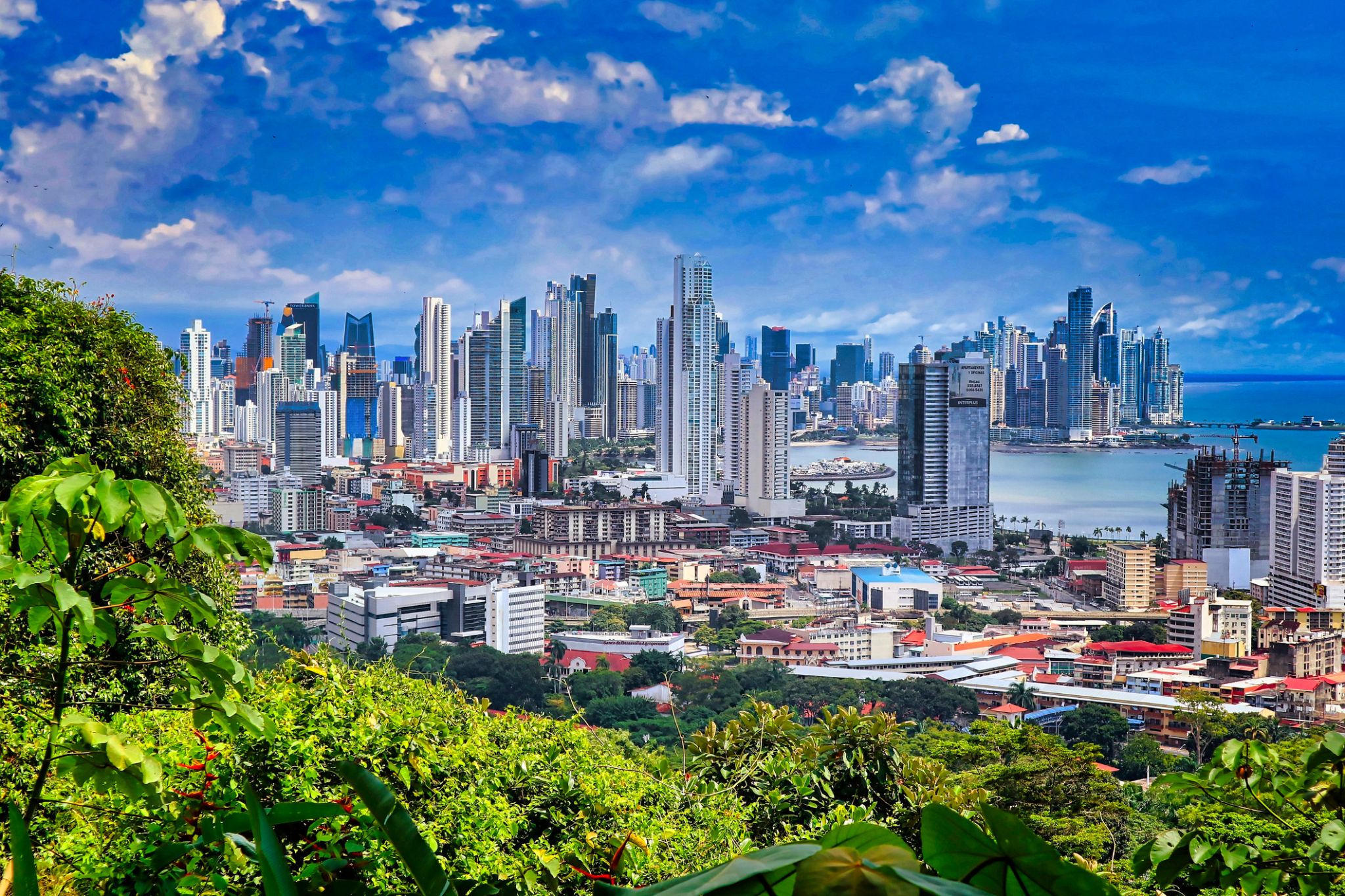
Panama City, located on the northwestern coast of Florida, is known for its long white beaches with soft quartz sand and the warm emerald waters of the Gulf of Mexico. This resort town is popular among both family vacationers and lovers of water activities: here you can enjoy kayaking, parasailing, diving, and fishing. One of the highlights is the local promenade — Pier Park — home to shops, restaurants, and entertainment venues.
In addition to beach relaxation, Panama City offers unique natural attractions. Nearby is the St. Andrews State Park, where visitors can watch dolphins, walk along trails through dunes and pine forests, or take a trip to Shell Island, a place of untouched nature. The city blends a resort atmosphere with Southern charm, offering a peaceful yet activity-filled vacation experience.

Panama City, located on the northwestern coast of Florida, is known for its long white beaches with soft quartz sand and the warm emerald waters of the Gulf of Mexico. This resort town is popular among both family vacationers and lovers of water activities: here you can enjoy kayaking, parasailing, diving, and fishing. One of the highlights is the local promenade — Pier Park — home to shops, restaurants, and entertainment venues.
In addition to beach relaxation, Panama City offers unique natural attractions. Nearby is the St. Andrews State Park, where visitors can watch dolphins, walk along trails through dunes and pine forests, or take a trip to Shell Island, a place of untouched nature. The city blends a resort atmosphere with Southern charm, offering a peaceful yet activity-filled vacation experience.

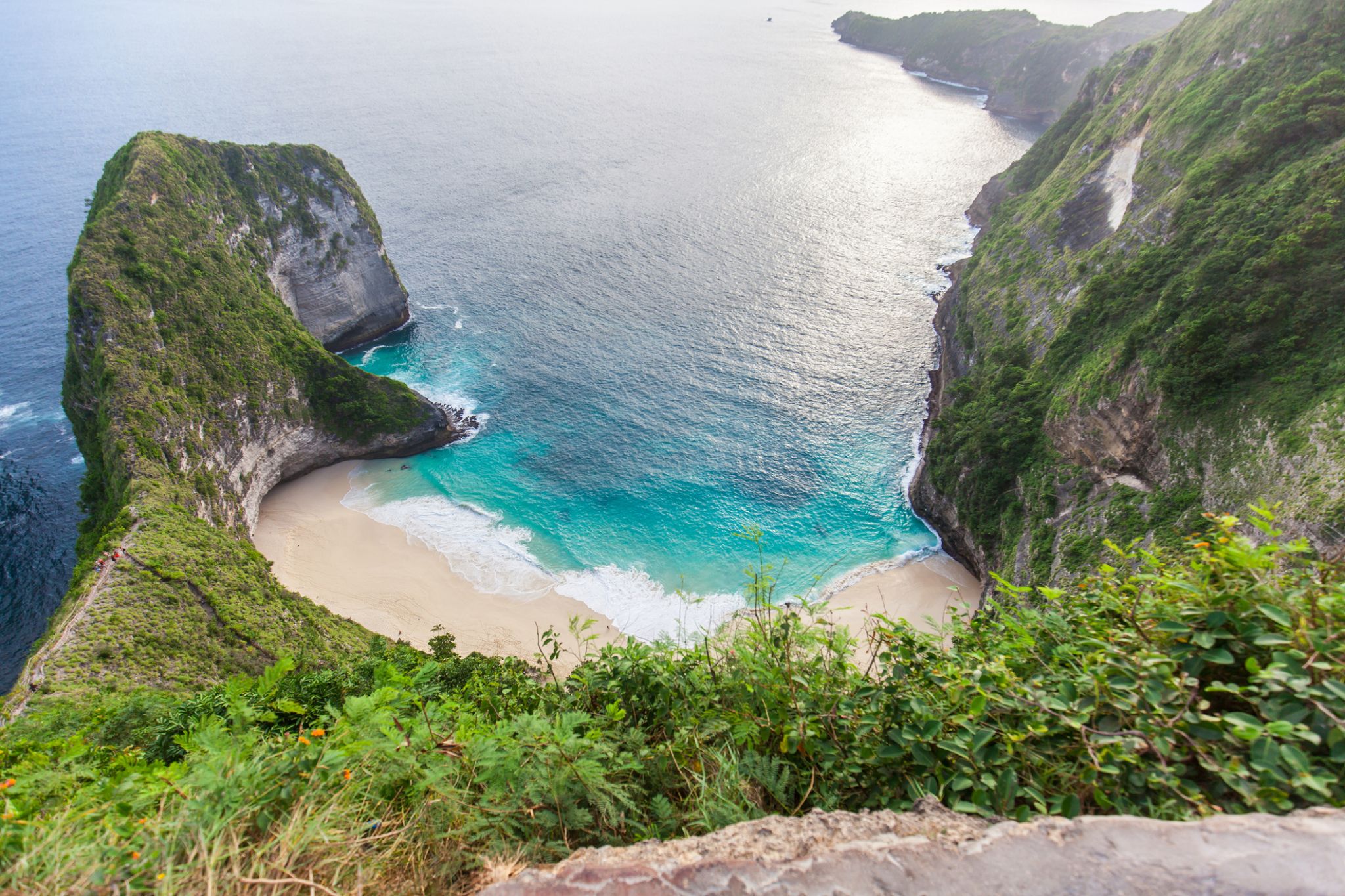
Manta

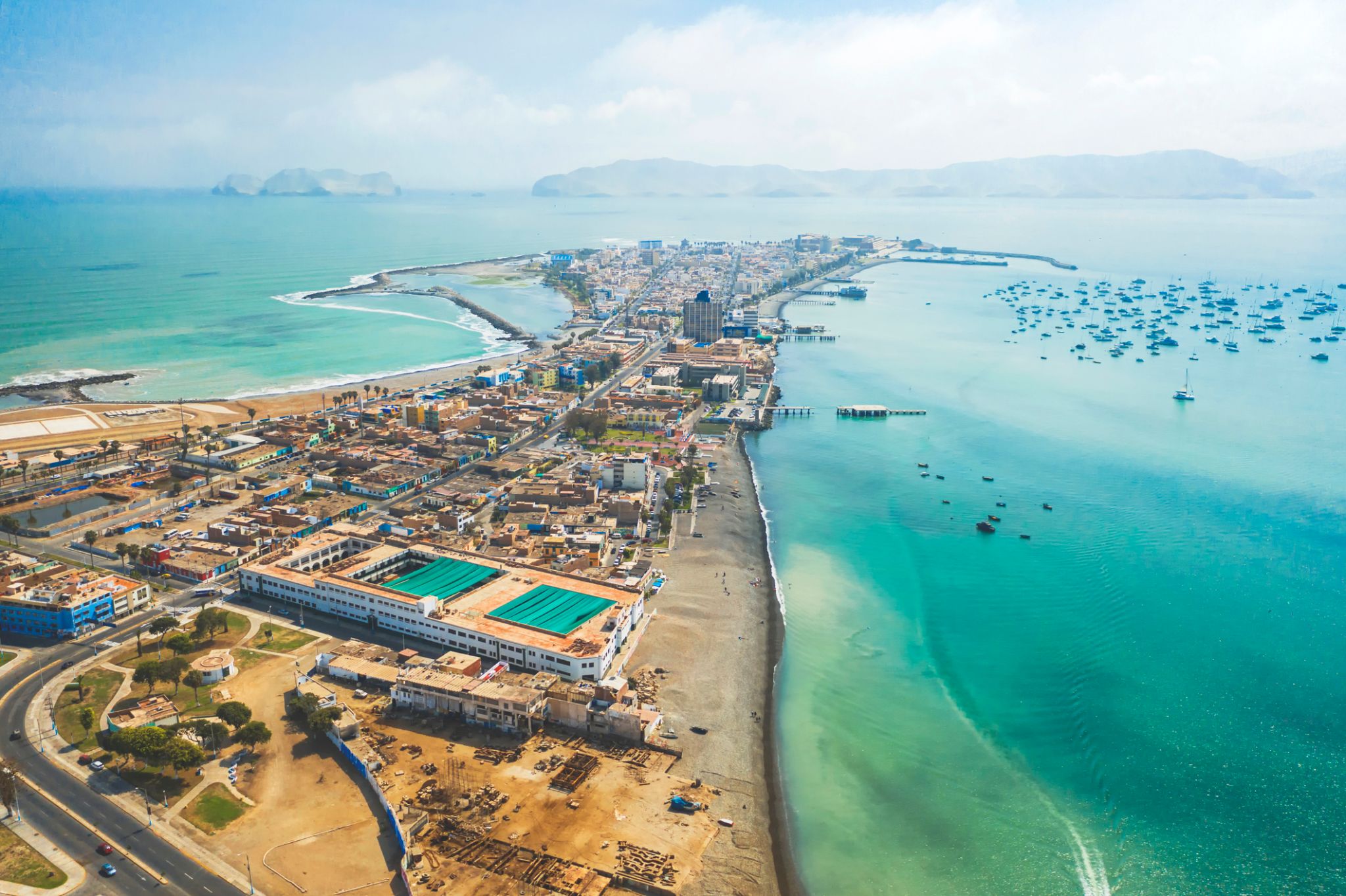

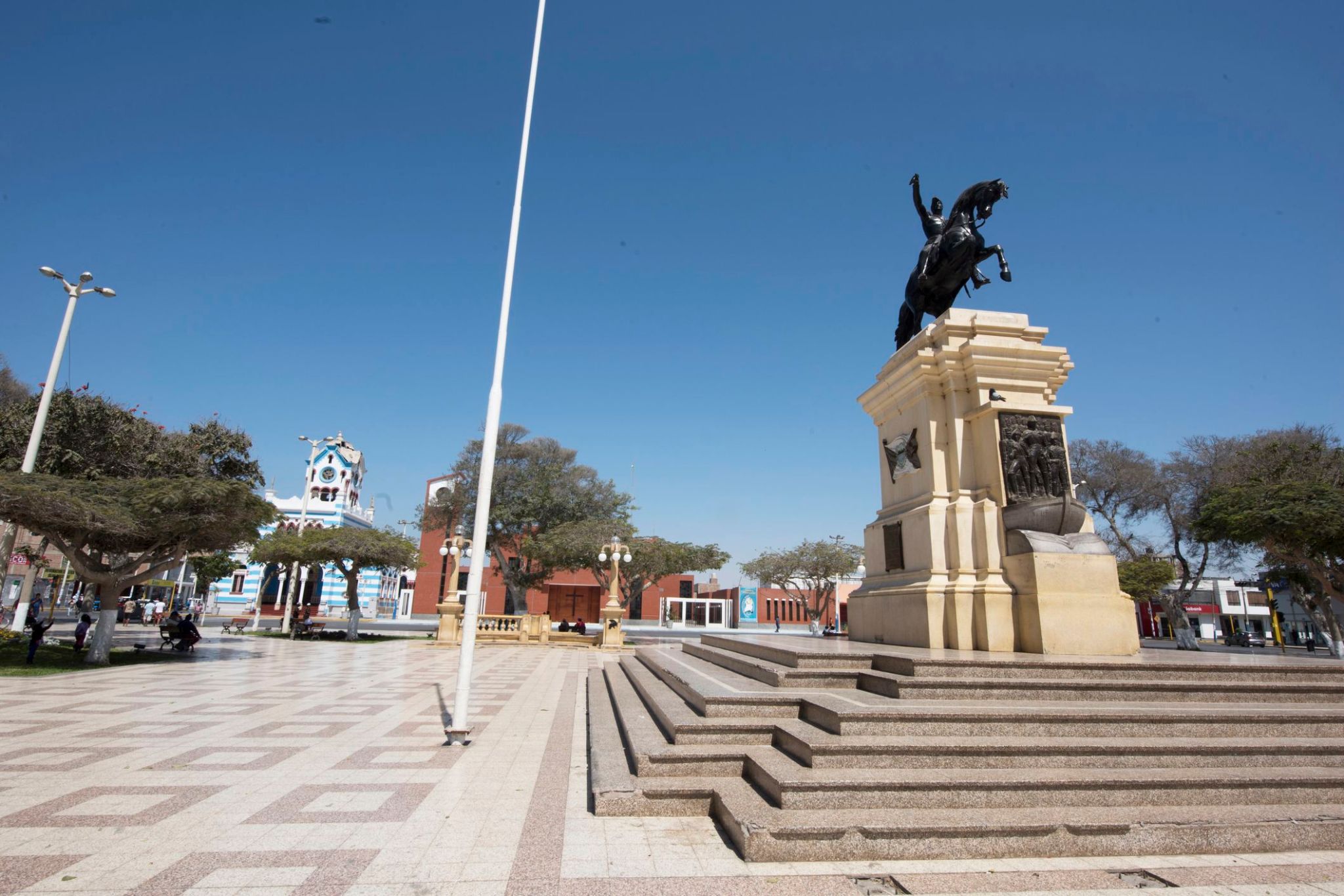
This picturesque port city on the Pacific coast attracts travelers with its rich history and proximity to unique natural attractions. Pisco (Peru) is the gateway to the famous Paracas National Reserve, where visitors can see rare wildlife and enjoy stunning landscapes of desert dunes, beaches, and sea caves.
Moreover, Pisco is known for its strong grape brandy of the same name, considered one of the best in Latin America. The city also serves as a starting point for boat trips to the Ballestas Islands, home to sea lions, penguins, and many seabirds, making it a must-visit destination for nature lovers and adventure seekers.


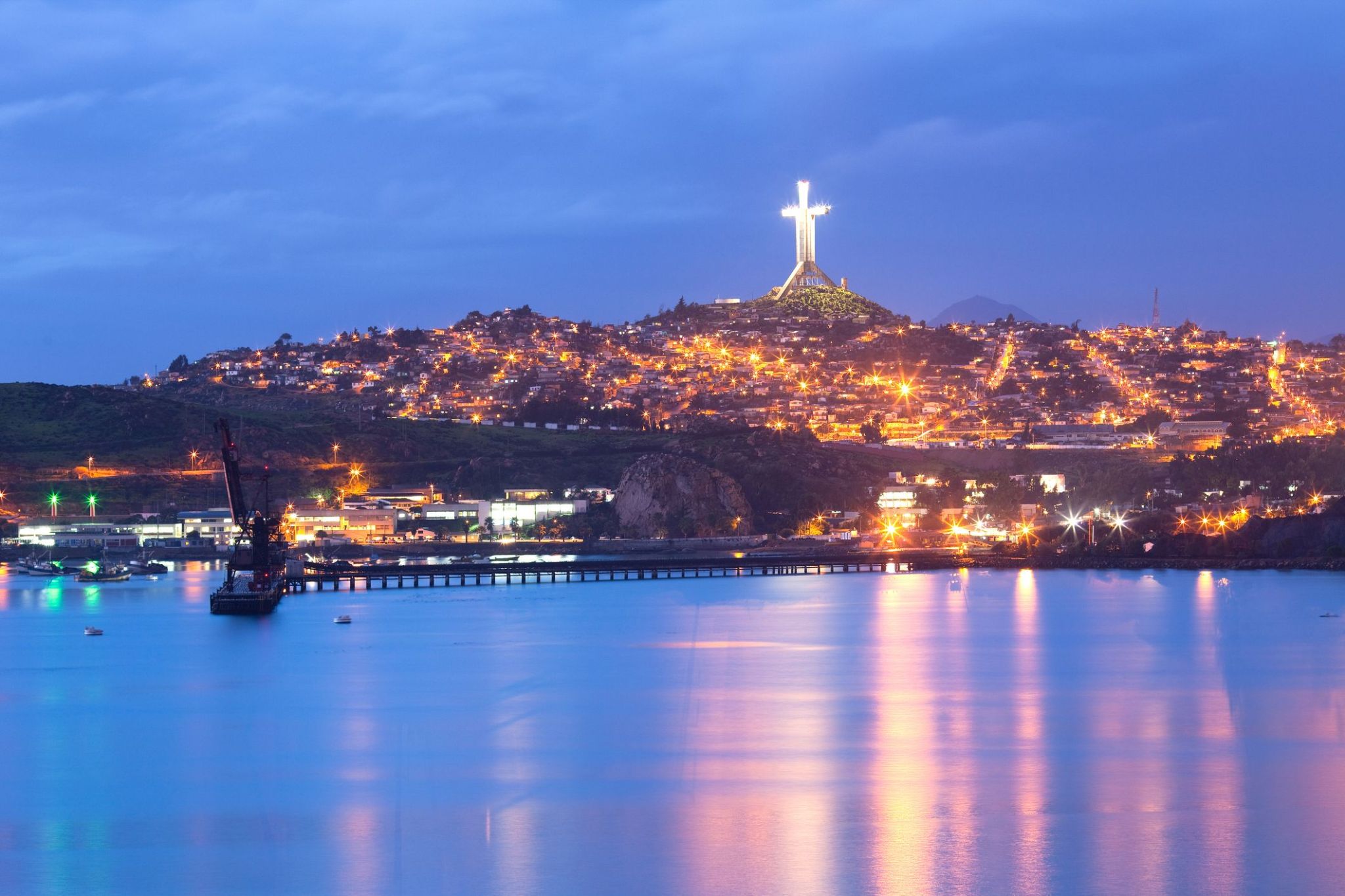
An unforgettable encounter with the Pacific coast awaits every traveler venturing into Coquimbo—a charming town where modernity and history intertwine in an extraordinary harmony. From the morning breeze by the bay to the luxurious sunsets over the port, this resort offers the true atmosphere of the Chilean coastline, where life flows at a gentle pace and every street is infused with the scent of the sea. Here you can savor fresh seafood at cozy restaurants or stroll along the elegant waterfront, soaking up the views and the cries of seagulls.
Coquimbo is also known for its historical and cultural landmarks: ancient churches, artisan markets, and contemporary art galleries create a unique blend of traditions and new experiences. Adventure lovers can explore the surrounding hills or discover the mysterious fortress—a testament to the city’s pirate-filled past. This city seems to invite every traveler to write their own chapter of an amazing story on the coast of Chile.
